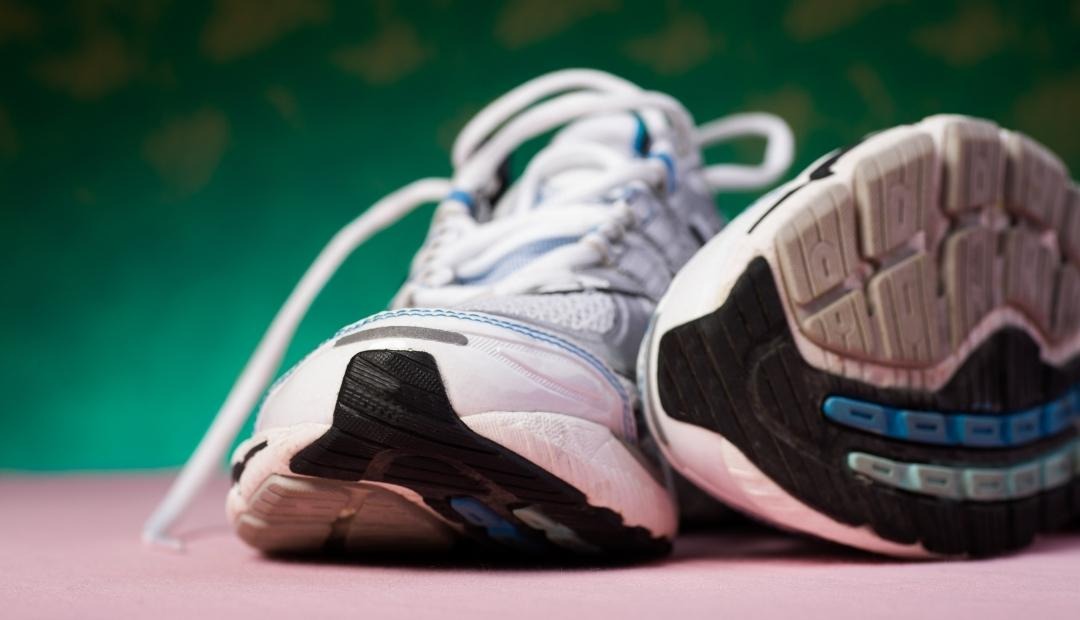As you look out of your window after waking up, as you glance at passersby during your morning commute, you're sure to find someone, with their earphones in, on a run.
Running is one of the most preferred kinds of workouts among fitness enthusiasts. It serves as a sort of medicine, a period of tranquility, and a mission at the same time.
With its amazing health benefits and enjoyable routine, it comes as no surprise that running is considered one of the best ways to do some cardio.
If you want to reap its many benefits, read on and learn how you can start running properly.
Tap Into Your Motivation
When starting any habit, it's always best to think about your "why." Why do you plan to run in the first place? Why is it worth the effort?
Some of the reasons why people run include:
- Weight loss
- Stress relief
- Runner's high or the release of endorphins
- Better endurance
Some people find running a great aerobic exercise to get some cardio in a busy schedule. Others love the sense of peace and solitude that comes with running.
By figuring out your "why," you can easily start and stick to the habit of running.
Apart from that, you can find other sources of motivation, such as listening to music as you run, joining a running group, or keeping a journal to track your progress.
Explore Different Terrains
Most runners face one similar challenge: the weather. If you've ever donned on your trainers and it suddenly poured hard outside, you probably understand how discouraging the weather can be.
But it's not an excuse to quit running altogether.
By exploring the different kinds of running, you can be prepared for inclement weather, while finding out which type works best for you. Plus, you can add variety to your routine, especially if you find running out on the pavement every day a bit monotonous.
Trail
Running along the trail, surrounded by natural scenery, is no doubt a relaxing experience. While the trail poses numerous obstacles that can potentially injure you, it can be a great way to stave off boredom while running.
Road
The most common surface to start running, roads or pavements are perfect for running beginners. With their even surfaces, they're ideal for increasing speed. And if you live close to your office, you can treat running as a healthy and eco-friendly commuting option.
Treadmill
Now, what if a thunderstorm's stopping you from going outside? You can still maintain a consistent running schedule by using your gym's treadmill.
With the lack of natural surroundings, running on a treadmill can be boring. But it's considered the easiest method because of the absence of harsh outdoor elements.
Have a Complete Set of Gear
Before starting your routine, you'll have to check the weather condition and dress appropriately.
During warm days, wear loose, light-colored clothes. And during colder days, you can layer up with breathable, moisture-wicking clothes.
You'll also have to put on sunscreen before you run outside and bring a bottle of water no matter the weather.
Most importantly, you need to invest in a pair of good-quality shoes. They have to fit your feet comfortably and suit your running style.
Create a Running Plan
If you've decided to start running, keep in mind that you don't have to run like you're in a marathon right off the bat. Start slow to prevent injuries, and gradually increase your pace and distance.
A great way of maintaining a regular habit is to plan your weekly run.
You can start alternating jogging and walking for the first week (e.g. walk for a total of 10 minutes and run for 5 minutes). Then, gradually increase jogging intervals and your total running time for the following weeks.
Maintain a Good Form
Whichever workout routine you plan to start, you have to consult your physician for medical clearance, advice, and precautions.
Once you decide that running is the best choice for your health and needs, you must learn how to practice proper posture. This involves keeping your back tall and shoulders relaxed.
You also need to stay hydrated and eat healthy, balanced meals before and after your run.
Don't forget to warm up and cool down! Before your five-minute warm-up walk, you have to do some stretching and other warm-up exercises. You can do the same routine after your running session.
